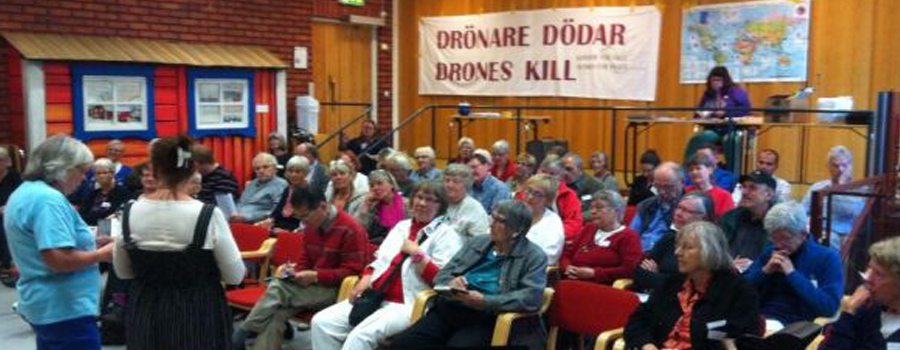Here are some observations taken from Bruce Gagnon’s conference notes and notes and elsewhere that are particularly interesting and important, as he said ”they are not in any particular order but all equally valuable”.
Kiruna is a city of about 20,000 people in the High North in Norbotten County, Lapland, above the Arctic Circle. It is the land of the midnight sun and while we were there we never saw the sun set it was daylight for 24 hours which was a bit disorienting at first but I think we soon got used to it.
Kiruna is well known as a mining town and has the largest underground iron ore mine in the world with a 4km long and 80m thick iron ore seam reaching a depth of 2km, Mining began at the site over 100 years ago and LKAB has produced over 950Mt of ore, although only one third of the original ore body has been extracted so far. Since mid-1999, Kiruna’s haulage level at a depth of 775m has been replaced by the next level down at 1,045m, which will support production until 2018. The operation employs 1,800 people, with some 400 working in the mine. On 28 October 2008, the mining company LKAB approved the decision to construct a new main level at the mine. The main level will be built at an investment of around $1.7bn. In 2008, Kiruna produced 27.5Mt of iron products exported around the world. However, because the mining is now encroaching on the city and the ground is subject to subsidence and so large parts of the city are being moved away from the mining process. This operation is due to cost billions of Swedish crowns and will take the next 30 years to complete. LKAB which is owned by the state, will pay for the moving of the city – which illustrates just how important the mine is to the region, to Sweden and even Europe.



Bli den första att kommentera på ”Rapport från konferensen i Kiruna”